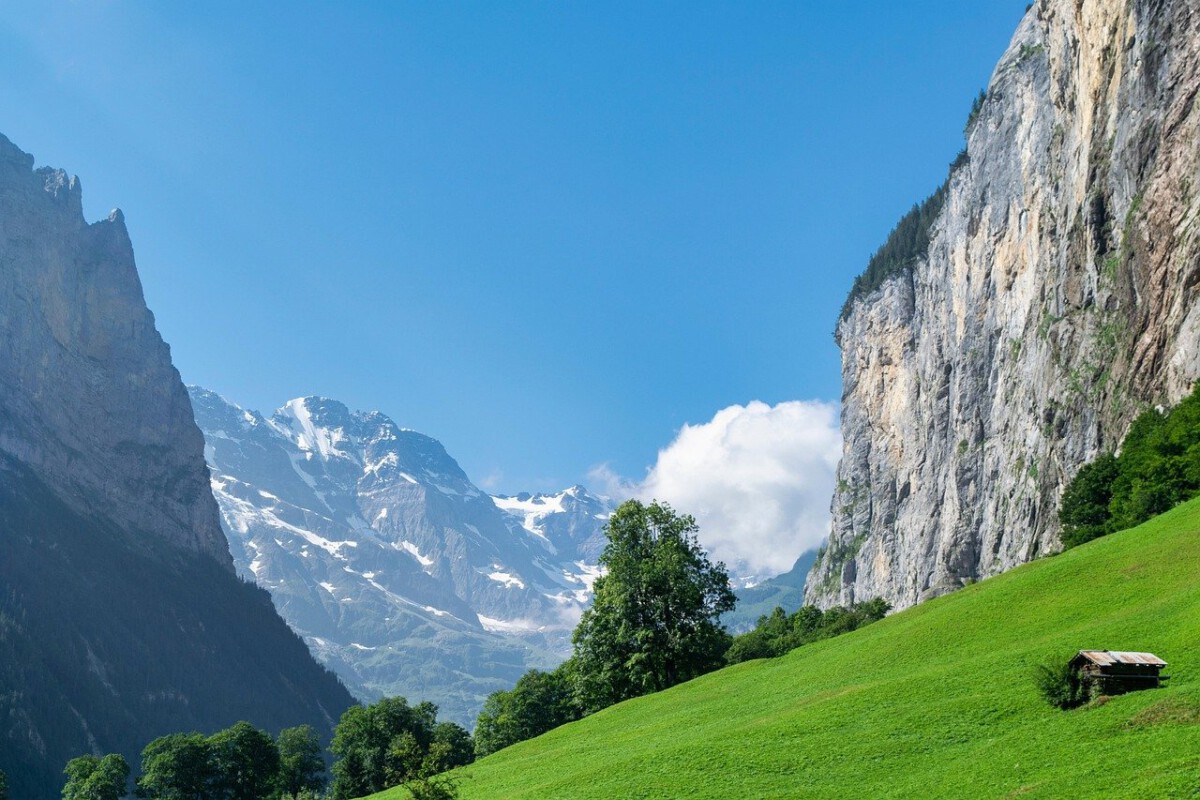The Lawsuit That’s Shaking the High Plains
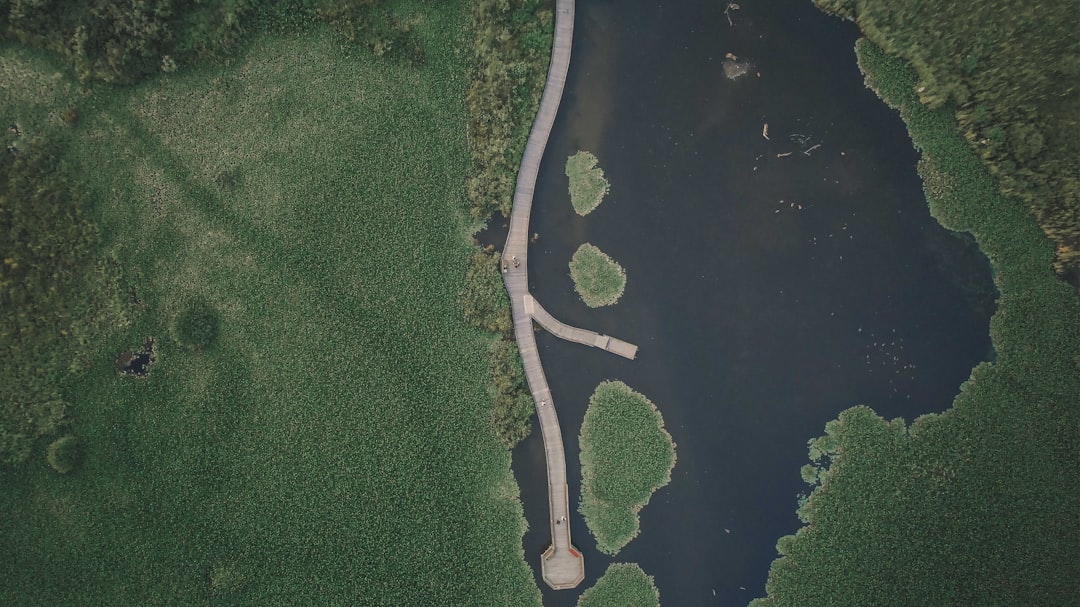
Nebraska has filed a major lawsuit against Colorado, claiming its neighbor upstream is violating interstate water agreements that date back decades. The case centers around the South Platte River Compact, originally signed in 1923 and later modified in the 1940s. According to Nebraska’s Attorney General’s office, Colorado has been allowing excessive groundwater pumping that depletes water flow into Nebraska by millions of acre-feet annually. The lawsuit was filed in the U.S. Supreme Court in late 2024, marking one of the most significant interstate water disputes in recent years. This legal battle could reshape water rights across the western United States for generations to come.
Historic Water Agreements Under Fire
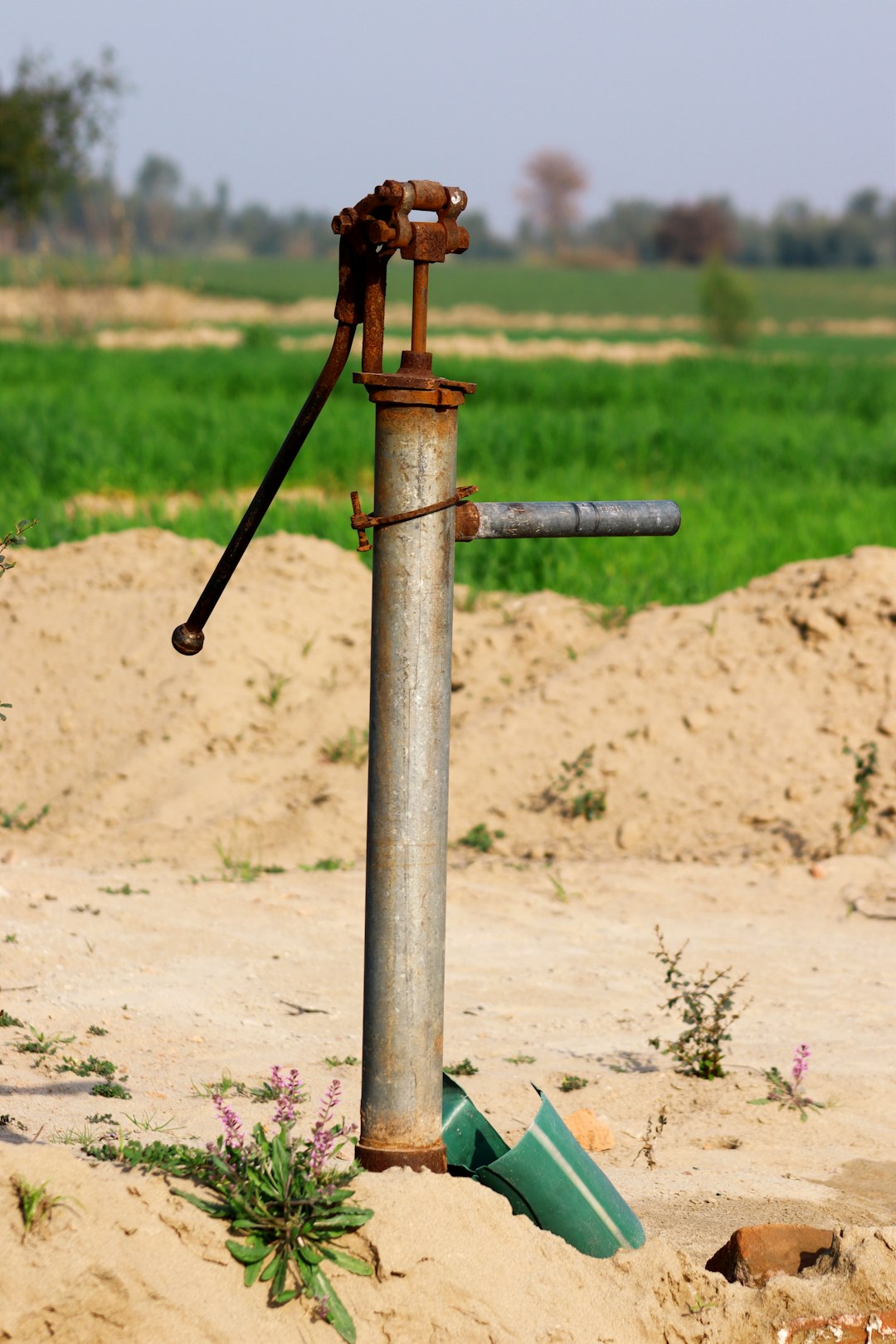
The South Platte River Compact has governed water sharing between Colorado and Nebraska for over a century, establishing specific allocation formulas during different seasons. Under the original agreement, Colorado was supposed to deliver specific amounts of water to Nebraska, particularly during the critical irrigation season from April through October. Nebraska claims that Colorado has systematically violated these agreements since the early 2000s, with the problem becoming severe during drought years between 2020 and 2024. Legal experts note that the compact was created during an era when groundwater pumping technology was far more limited than today’s industrial-scale operations. The aging agreement now faces modern challenges it was never designed to address, including climate change and advanced extraction methods.
Groundwater Pumping at the Heart of Dispute
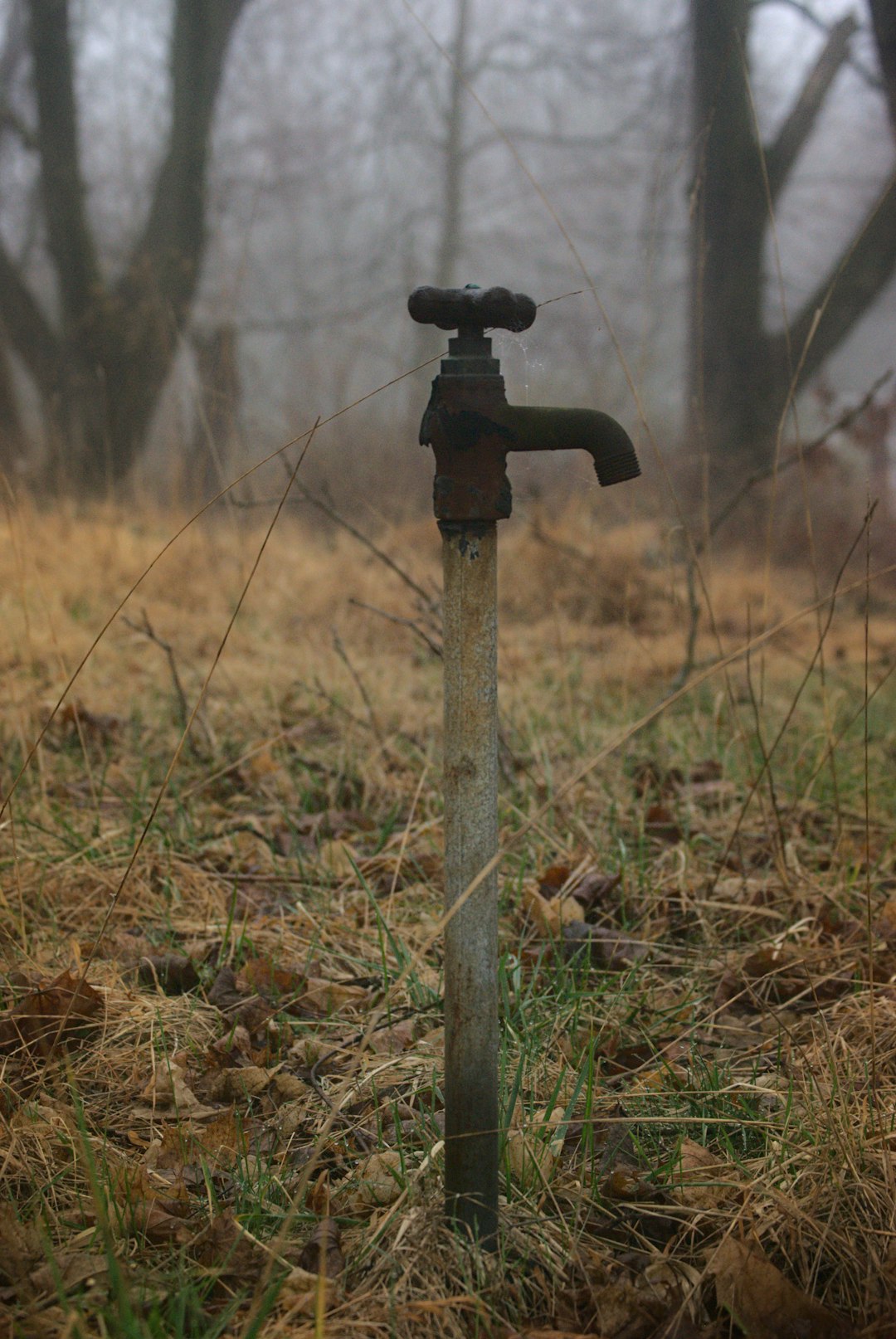
Colorado’s expanded groundwater pumping operations have become the primary target of Nebraska’s legal challenge, with the state alleging that wells are depleting river flows by intercepting water that would naturally flow downstream. The Nebraska Department of Natural Resources documented a decline of approximately 40 percent in South Platte River flows at the state border over the past two decades. Scientific studies commissioned by Nebraska show that thousands of new wells drilled in Colorado’s South Platte basin are capturing water that historically reached Nebraska farmlands. Colorado’s response has been that groundwater and surface water are legally distinct resources, arguing they have the right to develop groundwater within their borders. However, hydrological evidence increasingly shows these water sources are interconnected, making the legal distinction more complex than originally understood.
Agricultural Stakes Running Deep
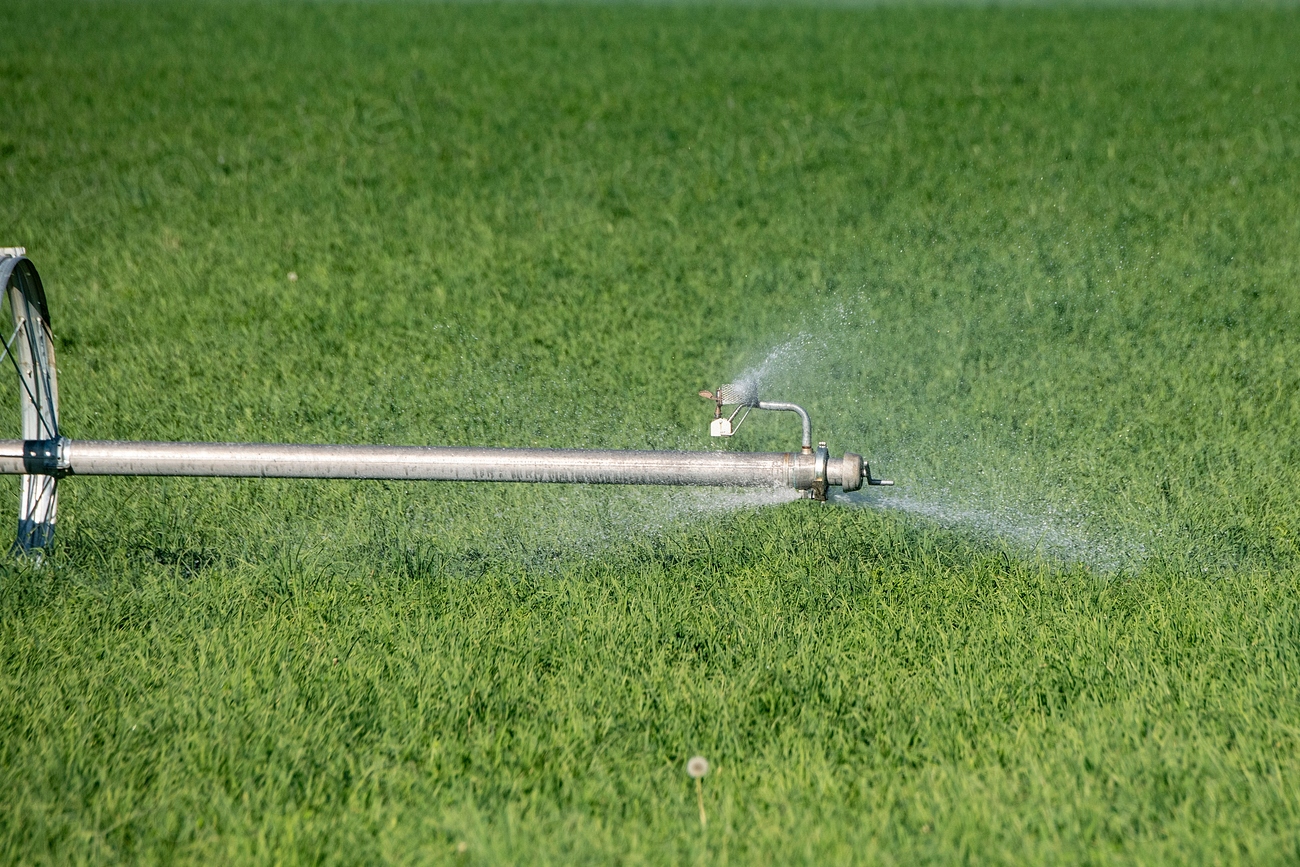
Nebraska’s agricultural economy depends heavily on South Platte River water, with the river system supporting nearly 2.5 million acres of irrigated farmland across the state. Corn, soybeans, and other crops grown in the South Platte basin contribute roughly 3.2 billion dollars annually to Nebraska’s economy, according to the state’s Department of Agriculture. Farmers in western Nebraska report that reduced river flows have forced them to drill deeper wells at tremendous expense, with some spending over 100,000 dollars per well to reach adequate water supplies. The water shortage has also affected livestock operations, with ranchers struggling to maintain adequate water for cattle during summer months. Many agricultural producers fear that continued water depletion could force them out of farming entirely, threatening rural communities that have depended on agriculture for over a century.
Colorado’s Defense and Counterarguments

Colorado officials maintain they are operating within their legal rights and meeting their obligations under the South Platte River Compact, arguing that Nebraska’s claims are based on unrealistic expectations of water delivery. The Colorado Attorney General’s office points to data showing they have met compact requirements in most years, particularly during normal precipitation periods. Colorado also argues that their economic development and population growth necessitate increased water use, with the South Platte basin supporting over 70 percent of the state’s population and much of its agricultural production. State officials claim that Nebraska is seeking to impose restrictions that would harm Colorado’s economy while benefiting Nebraska farmers at their expense. Colorado has invested heavily in water conservation and efficiency programs, arguing these efforts demonstrate good faith compliance with interstate obligations.
Supreme Court Jurisdiction and Legal Precedent
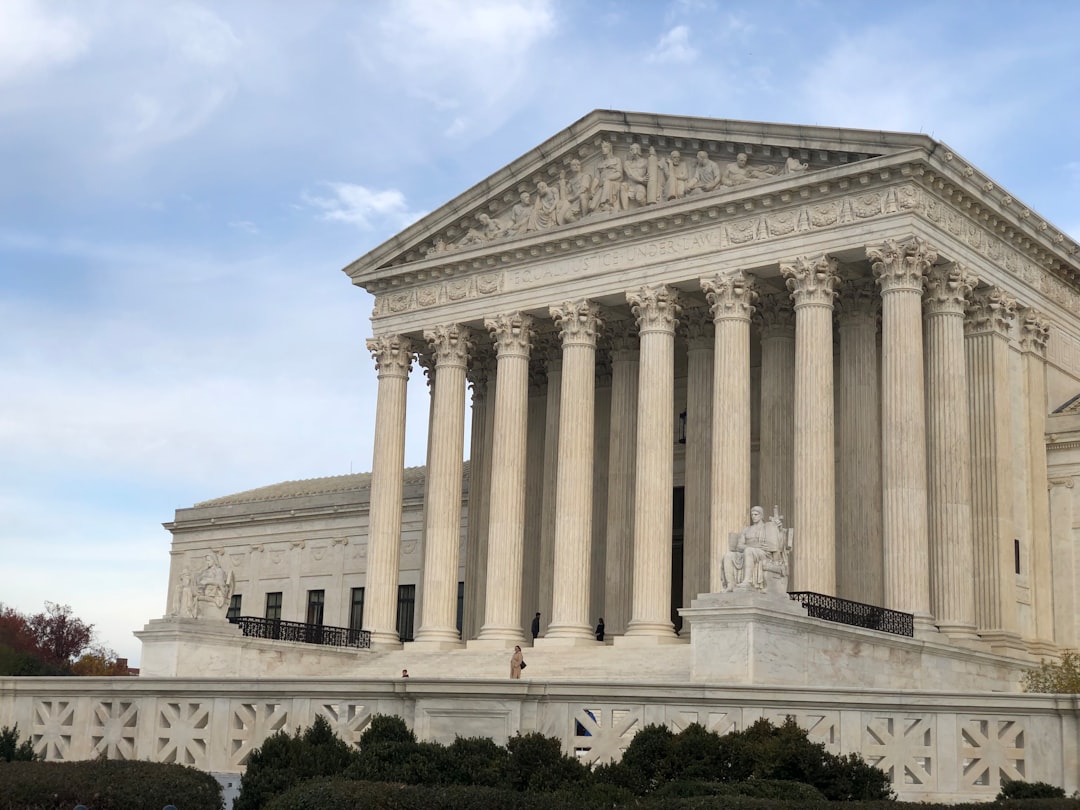
The U.S. Supreme Court holds special jurisdiction over disputes between states, making this case particularly significant for interstate water law nationwide. Previous Supreme Court decisions, including Kansas v. Colorado from 1995 and Kansas v. Nebraska from 2015, have established important precedents for how interstate water disputes are resolved. The Court typically appoints a Special Master to investigate facts and make recommendations, a process that can take several years to complete. Legal scholars note that the Supreme Court generally tries to enforce existing compacts rather than rewrite them, but may order modifications when circumstances have fundamentally changed. This case could establish new precedents for how groundwater pumping affects surface water rights across state boundaries, potentially impacting dozens of other interstate water agreements throughout the western United States.
Climate Change Complicating Water Disputes
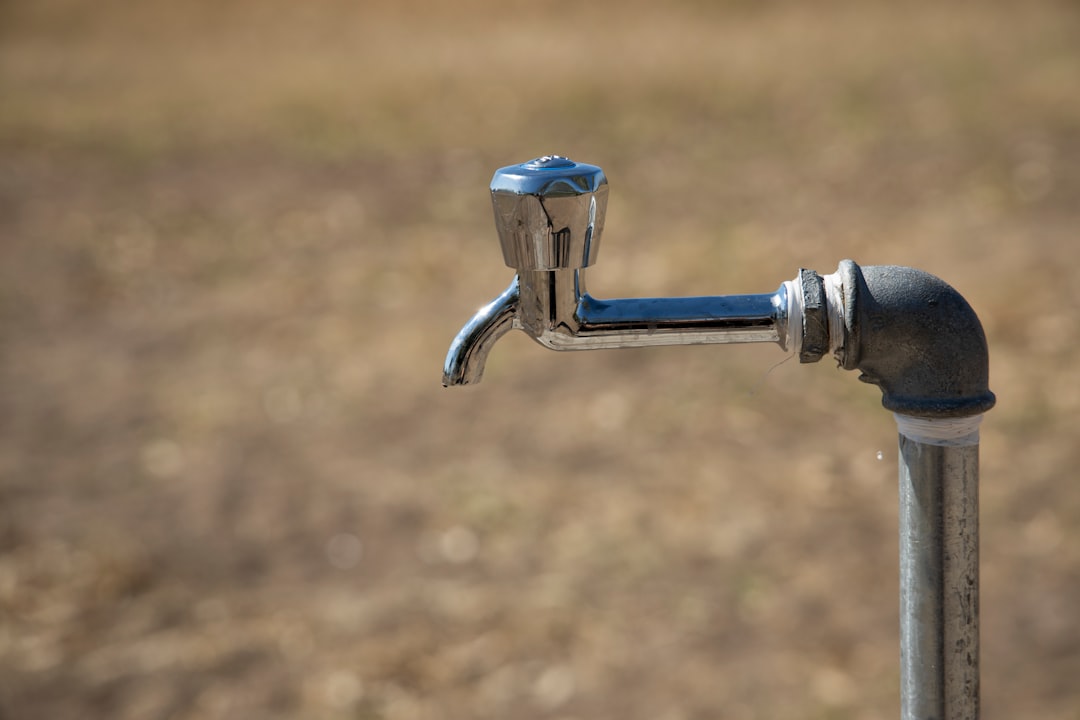
Drought conditions across the High Plains have intensified the conflict between Nebraska and Colorado, with both states experiencing below-average precipitation for much of the period from 2020 through 2024. Climate scientists predict that the region will face increasing water stress in coming decades, with higher temperatures and more variable precipitation patterns. The National Weather Service data shows that the South Platte basin has received roughly 15 percent less precipitation than historical averages over the past decade. These changing conditions make the original compact requirements more difficult to meet, as there is simply less water available overall. Both states are grappling with how to adapt century-old water agreements to rapidly changing environmental conditions that the original negotiators never anticipated.
Economic Impacts Spreading Beyond Agriculture
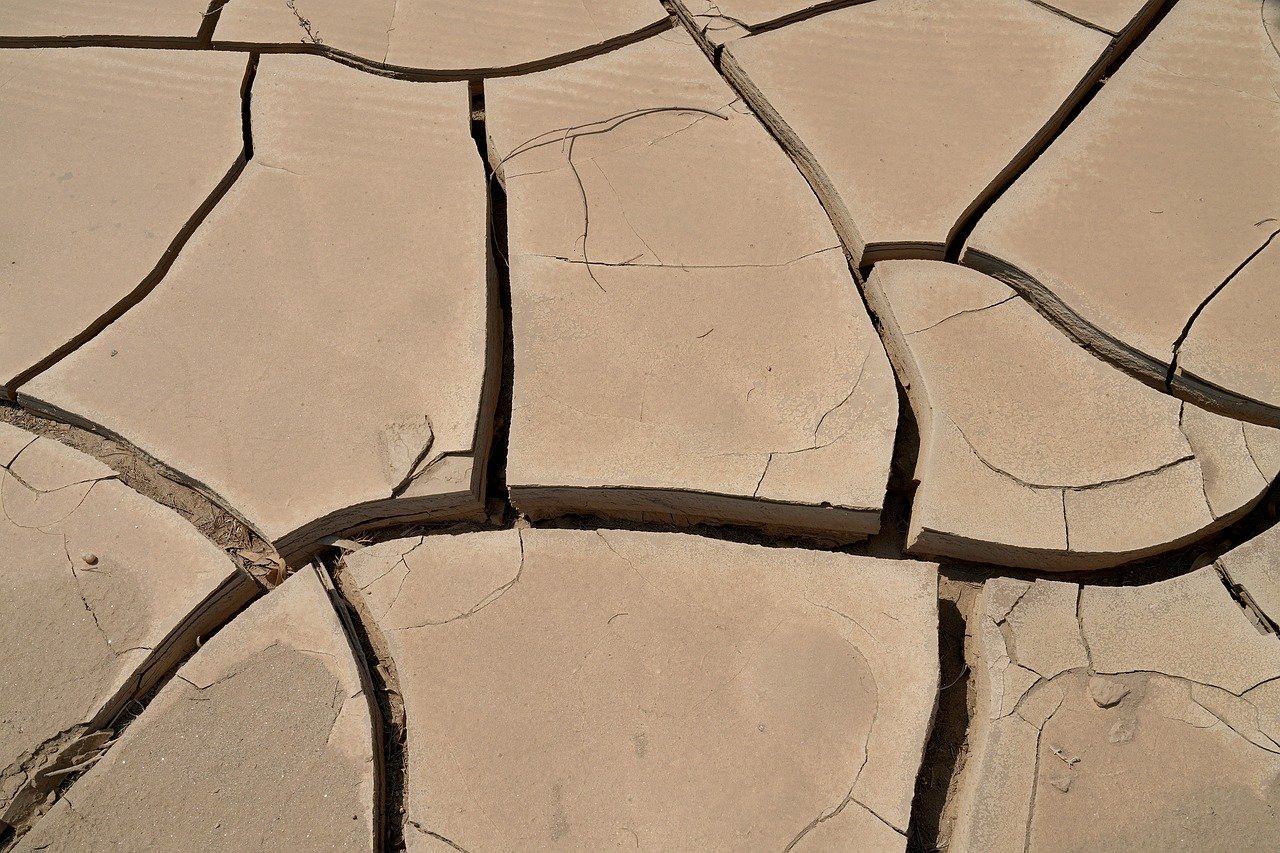
The water dispute has implications far beyond farming, affecting municipal water supplies, recreation, and industrial development in both states. Nebraska cities along the South Platte River have expressed concerns about long-term water security for residential and commercial use. The reduced river flows have also impacted fishing and recreational activities, with some stretches of the river experiencing significantly lower water levels during summer months. Economic analysis suggests that the dispute could influence business location decisions, as companies consider water availability when choosing where to establish operations. Both states recognize that water security is increasingly becoming a competitive advantage for economic development, adding another layer of complexity to the legal battle.
Technical Evidence and Scientific Studies
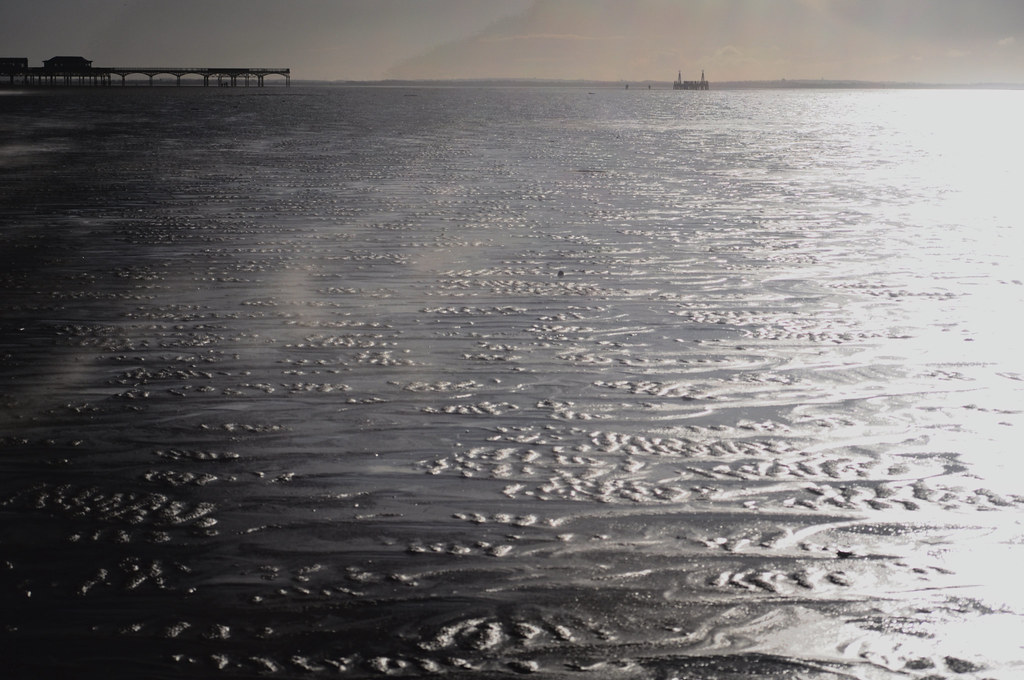
Both states have commissioned extensive hydrological studies to support their positions, with Nebraska presenting evidence of the connection between groundwater pumping and surface water depletion. The University of Nebraska’s Water Sciences Laboratory has documented declining streamflows using decades of gauging station data along the South Platte River. Colorado has countered with studies suggesting that factors beyond groundwater pumping, including climate variability and land use changes, contribute to reduced river flows. Independent research from Colorado State University indicates that the relationship between groundwater and surface water in the South Platte basin is more complex than either state initially understood. These competing scientific interpretations will likely play a crucial role in how the Supreme Court ultimately decides the case.
Political Pressure and Public Opinion

The lawsuit has generated significant political attention in both states, with governors and congressional delegations weighing in on the dispute. Nebraska’s political leaders have framed the issue as defending the state’s agricultural heritage and rural communities from unfair treatment by their upstream neighbor. Colorado politicians have emphasized their state’s water rights and the need to support continued economic growth and development. Public opinion polls in both states show strong support for their respective positions, with most residents backing their state’s legal strategies. The dispute has also attracted attention from other western states facing similar interstate water challenges, as the outcome could influence their own water rights negotiations and legal strategies.
Potential Resolutions and Settlement Options

Legal experts suggest several possible outcomes for the dispute, ranging from enforcement of existing compact terms to negotiation of new agreements that account for modern conditions. Both states have indicated willingness to consider mediated settlement discussions, though they remain far apart on key issues. One potential solution involves Colorado implementing stricter regulations on groundwater pumping near the Nebraska border while receiving compensation for economic impacts. Another option would involve updating the compact to reflect current hydrological understanding and climate conditions, though this would require agreement from both state legislatures. The Supreme Court could also order specific remedies, including financial compensation for past violations or mandatory changes to water management practices.
Future Implications for Western Water Law
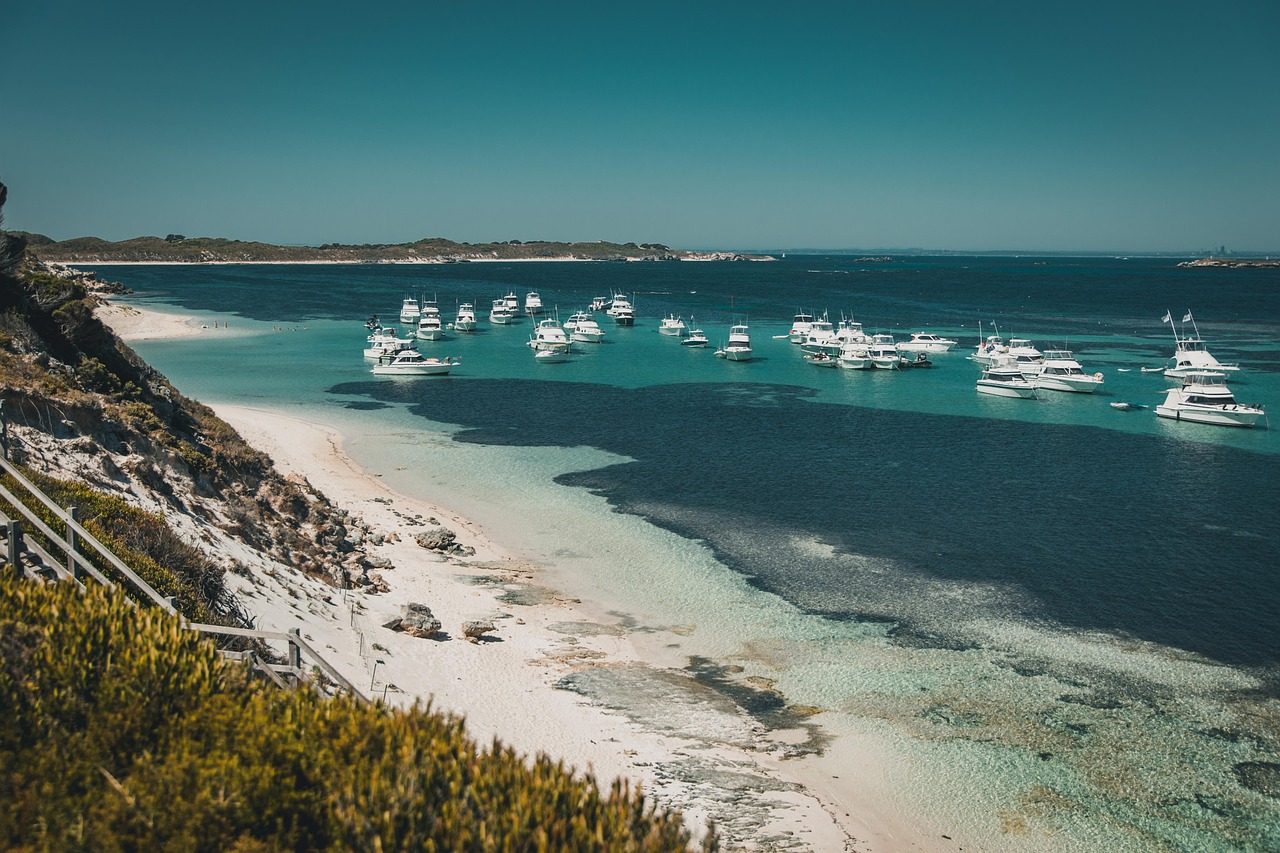
The Nebraska v. Colorado case represents a crucial test of how interstate water law will evolve to address 21st-century challenges, including advanced extraction technology and climate change impacts. Water law experts predict that the decision will influence how other western states interpret and enforce their own interstate compacts. The case highlights the growing tension between state water rights and the interconnected nature of water resources that cross political boundaries. Whatever the outcome, the dispute demonstrates that western water law must adapt to changing conditions while respecting existing legal agreements and economic interests. The resolution of this case will likely shape water policy discussions across the American West for decades to come, as states grapple with increasing water scarcity and competing demands for this precious resource.






